The Importance of Creating a Daily Structure and Routine for Successful Puppy Potty Training
Welcoming a new puppy into your home is a heartwarming experience filled with joy, cuddles and a fair share of challenges. One of the most pressing challenges new puppy owners face is potty training. Achieving success in this area requires more than just patience and positive reinforcement; it demands a well-defined daily structure and routine. Here’s why establishing a routine is critical for your puppy’s potty training success and some practical tips to help you get started.
Why Routine Matters for Potty Training
1. Predictability and Security
Puppies thrive on predictability. A consistent routine provides a sense of security, helping them understand what to expect and when. When your puppy knows that they will go outside to potty at specific times, they are more likely to develop good habits and less likely to have accidents indoors.
2. Biological Clock Regulation
Just like humans, puppies have biological clocks. By feeding and taking your puppy out at the same times every day, you help regulate their digestive system. This makes it easier to predict when they need to relieve themselves, reducing the likelihood of accidents.
3. Reinforcement of Good Behavior
Routine helps reinforce good behavior. When your puppy consistently goes potty in the designated spot and receives praise or rewards, they quickly learn that this is the desired behavior. Repetition strengthens their understanding and adherence to the potty training process.
4. Reducing Anxiety
A structured routine reduces anxiety for both you and your puppy. Knowing what to expect helps your puppy feel more relaxed and less stressed, which can significantly impact their potty training success. An anxious puppy is more prone to accidents.
Crafting a Successful Potty Training Routine
1. Set Regular Feeding Times
Feed your puppy at the same times each day. Puppies typically need to go potty shortly after eating, so predictability in feeding times helps establish a reliable potty schedule.
2. Frequent Bathroom Breaks
Take your puppy outside frequently, especially during the initial stages of potty training. Puppies have small bladders and need to go out every hour or two. Always take them out after waking up, eating, drinking, playing, or napping.
3. Consistent Commands and Cues
Use the same command or cue word each time you take your puppy out to potty. This helps them associate the word with the action. For example, saying “Go potty” every time you take them to their designated spot reinforces the purpose of the trip outside.
4. Designated Potty Area
Choose a specific spot outside where you want your puppy to potty and take them there every time. The familiar scent in this area will signal to your puppy that it’s time to go.
5. Positive Reinforcement
Immediately praise and reward your puppy after they successfully potty outside. Positive reinforcement, such as treats, petting, or verbal praise, encourages them to repeat the behavior.
6. Monitor and Adjust
Keep a close eye on your puppy’s behavior and adjust the routine as needed. If you notice signs that they need to go outside, such as sniffing the floor or circling, take them out immediately, regardless of the schedule.
Potty training a puppy is a crucial part of integrating them into your home and requires patience, consistency, and a well-structured routine. By establishing a predictable daily schedule, you create a supportive environment that helps your puppy understand what is expected of them, making the potty training process smoother and more efficient. Remember, the key to success lies in repetition, positive reinforcement, and adaptability. With time and effort, your puppy will learn to navigate their new world confidently, and your home will be a cleaner, happier place for everyone.
